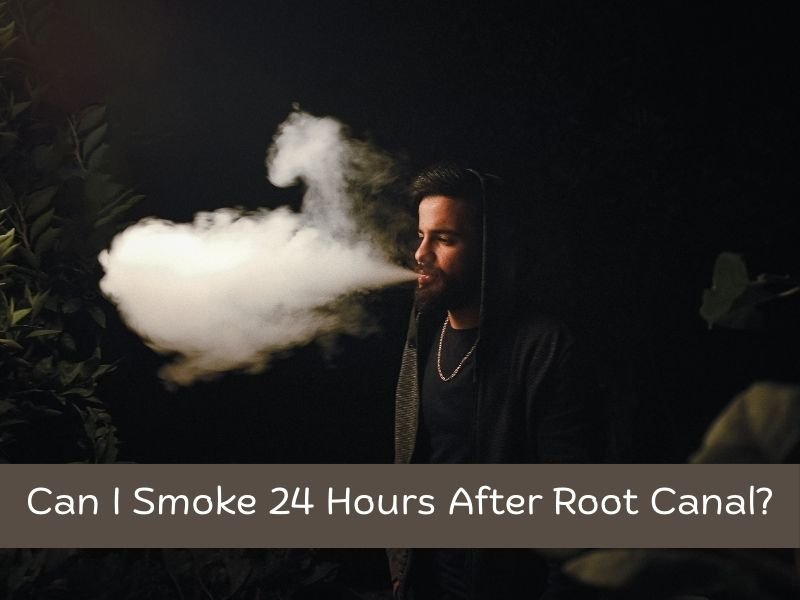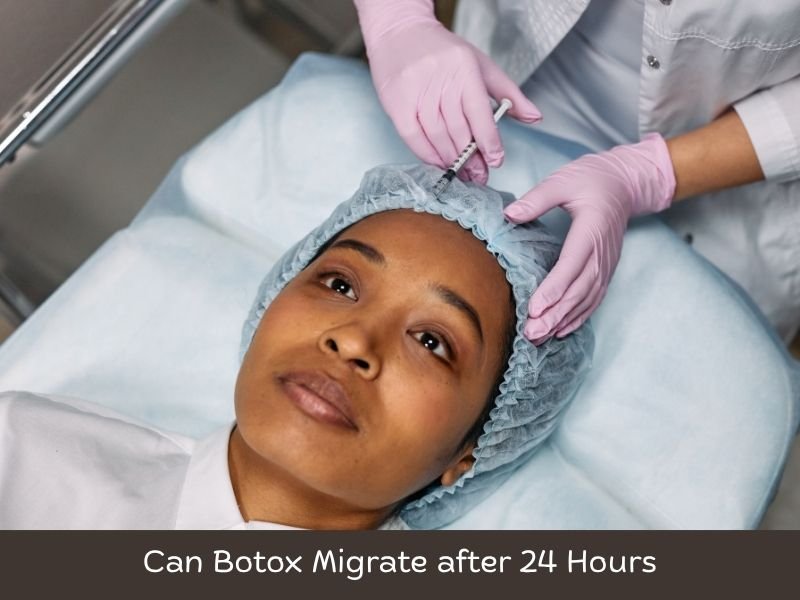Undergoing a root canal treatment marks a crucial milestone in addressing deep dental infections or damage that threaten the health and function of a tooth. By removing the infected pulp, thoroughly cleaning the inner chambers of the tooth, and sealing it to prevent further bacterial intrusion, a root canal not only saves the tooth from extraction but also relieves intense pain and discomfort. However, the procedure is just the beginning. The period following a root canal is critical for the long-term success of the treatment. What you do—or don’t do—during this time can directly impact how well your tooth heals and whether complications develop.
One behavior that often comes into question during recovery is smoking. Patients who smoke may wonder if lighting up 24 hours after their procedure poses any real risk, especially if they’re not experiencing much pain. Unfortunately, the answer isn’t reassuring. Smoking so soon after a root canal can significantly interfere with the body’s natural healing process. The chemicals found in tobacco can impair blood flow, delay tissue regeneration, and increase susceptibility to infection—all of which can compromise the outcome of the treatment. Understanding the reasons behind these risks is essential, not just for the success of the root canal, but for your overall oral and systemic health.
Understanding the Healing Process After a Root Canal
A root canal involves removing infected or damaged pulp from inside the tooth, cleaning the area, and sealing it to prevent further infection. Post-procedure, the body initiates a healing process that includes tissue repair and inflammation reduction. The initial 24 to 72 hours are particularly critical, as the body works to stabilise the treated area and prevent complications.
The Impact of Smoking on Post-Root Canal Healing
Reduced Blood Flow and Oxygenation
Nicotine, a primary component of tobacco, causes vasoconstriction, narrowing the blood vessels and reducing blood flow. This constriction limits the delivery of essential nutrients and oxygen to the healing tissues, impeding the recovery process. Studies have shown that smokers are approximately twice as likely to experience complications after a root canal compared to non-smokers.
Increased Risk of Infection
Smoking compromises the immune system, making it more challenging for the body to combat infections. After a root canal, the treated area is vulnerable to bacterial invasion. The presence of harmful chemicals in tobacco smoke can exacerbate this risk, leading to infections that may cause pain, swelling, and even failure of the procedure.
Delayed Tissue Repair
The toxins in tobacco not only hinder blood flow but also directly damage cells and tissues. This cellular damage slows down the body’s natural healing mechanisms, prolonging the recovery period and increasing the likelihood of complications.
Potential for Dry Socket
While dry socket is more commonly associated with tooth extractions, smoking can still pose a risk after a root canal. The act of inhaling smoke can dislodge the protective clot or seal formed during the procedure, exposing nerves and leading to intense pain.
Expert Recommendations: When Is It Safe to Resume Smoking?
Dental professionals strongly advise against smoking for at least 72 hours following a root canal. This period allows the body to initiate the healing process without interference from harmful substances. However, extending the smoke-free period beyond three days can significantly enhance recovery and reduce the risk of complications.
For individuals considering quitting smoking, the recovery period presents an opportune moment to initiate cessation. Resources such as the World Health Organisation’s tobacco cessation programs offer support and guidance for those seeking to quit.
Tips for Managing Nicotine Cravings During Recovery
Managing nicotine cravings during the recovery period is crucial for maintaining the integrity of the healing process. Here are some strategies to help:
- Nicotine Replacement Therapies (NRTS): Utilise patches, gums, or lozenges to reduce withdrawal symptoms without the harmful effects of smoking.
- Distraction Techniques: Engage in activities such as chewing sugar-free gum, using flavored toothpicks, or practicing deep breathing exercises to divert attention from cravings.
- Support Systems: Seek assistance from support groups, counselling services, or healthcare providers to develop a personalised cessation plan.
Implementing these strategies can aid in managing cravings and contribute to a smoother recovery process.
Additional Post-Root Canal Care Guidelines
While abstaining from smoking is critical, it’s just one part of the comprehensive post-root canal care needed to ensure full recovery. Adhering to your dentist’s recommendations and maintaining good oral hygiene are equally important for preventing complications and ensuring the long-term success of the treatment.
Maintain Gentle Oral Hygiene
After a root canal, your tooth and surrounding tissues may be sensitive. It’s essential to keep the area clean without applying excessive pressure. Use a soft-bristled toothbrush and brush gently, especially around the treated area. Consider using a non-alcoholic, antibacterial mouthwash to reduce bacterial load without irritating.
According to the American Dental Association, maintaining clean teeth post-procedure helps prevent reinfection and supports the integrity of the dental work done during the root canal.
Adopt a Soft Diet
To avoid putting pressure on the healing tooth, switch to a soft food diet for the first few days. Foods such as yoghurt, scrambled eggs, mashed potatoes, smoothies, and soups are ideal. Avoid hard, crunchy, or sticky foods that could stress the treated area or dislodge temporary fillings or crowns.
Avoid Alcohol and Straws
Just like smoking, using straws or consuming alcohol can hinder recovery. The suction created by straws can disturb the treated site, while alcohol can irritate soft tissues and interfere with medications or antibiotics prescribed by your dentist.
Take Medications as Prescribed
If your dentist has prescribed antibiotics or pain medications, take them exactly as directed. Completing the full course of antibiotics is essential to prevent infection, even if you begin to feel better early on. Over-the-counter pain relievers like ibuprofen can also help manage inflammation and discomfort.
Monitor for Complications
While minor discomfort is normal after a root canal, severe or prolonged pain, swelling, or signs of infection like pus or fever should prompt an immediate call to your dentist. These may indicate complications that require prompt intervention.
Follow Up with Your Dentist
Always attend follow-up appointments. Your dentist may place a permanent crown or restoration over the treated tooth, which is crucial to protect it from future damage. Neglecting this step can leave the tooth vulnerable to cracking or reinfection.
The Broader Benefits of Quitting Smoking
The recovery period after a root canal could be the perfect opportunity to consider quitting smoking altogether—not only for your dental health but for your overall well-being.
Oral Health Advantages
Smokers are significantly more likely to suffer from gum disease, tooth loss, and oral cancers. The Centres for Disease Control and Prevention (CDC) highlights that quitting smoking can reduce the risk of gum disease and help reverse some of the damage caused.
Faster Healing and Fewer Dental Procedures
Without the vasoconstrictive effects of nicotine and the presence of harmful toxins, the body is better equipped to heal after dental procedures. This can lead to fewer post-op complications, shorter healing times, and less need for corrective treatments in the future.
Reduced Risk of Future Root Canals
Smoking can contribute to tooth decay and gum infections that might necessitate more root canals or even extractions. By quitting, you protect not only the tooth just treated but also the rest of your oral cavity.
Improved Overall Health
Smoking cessation reduces the risk of cardiovascular disease, stroke, respiratory issues, and several cancers. It also improves circulation, lung function, and life expectancy.
For those serious about quitting, resources like the Smokefree initiative by the U.S. Department of Health and Human Services provide comprehensive support, including personalised quit plans, texting services, and live help from cessation counsellors.
Conclusion
Smoking just 24 hours after a root canal may seem harmless, but the evidence is clear: it can severely interfere with your recovery and potentially undo the progress made during the procedure. The chemicals in tobacco not only slow down healing but also increase the likelihood of infection and pain. Dental professionals universally agree that avoiding smoking for at least 72 hours post-treatment—and ideally quitting altogether—gives your mouth the best chance to heal properly.
Caring for your oral health doesn’t stop when you leave the dentist’s chair. It continues in the choices you make during recovery. Whether it’s resisting the urge to smoke, sticking to a soft diet, or attending your follow-up appointment, every decision supports the success of your root canal.
If you’re a smoker, consider using this healing period as a stepping stone toward quitting. Not only will you support your dental health, but you’ll also make a meaningful investment in your overall well-being.






